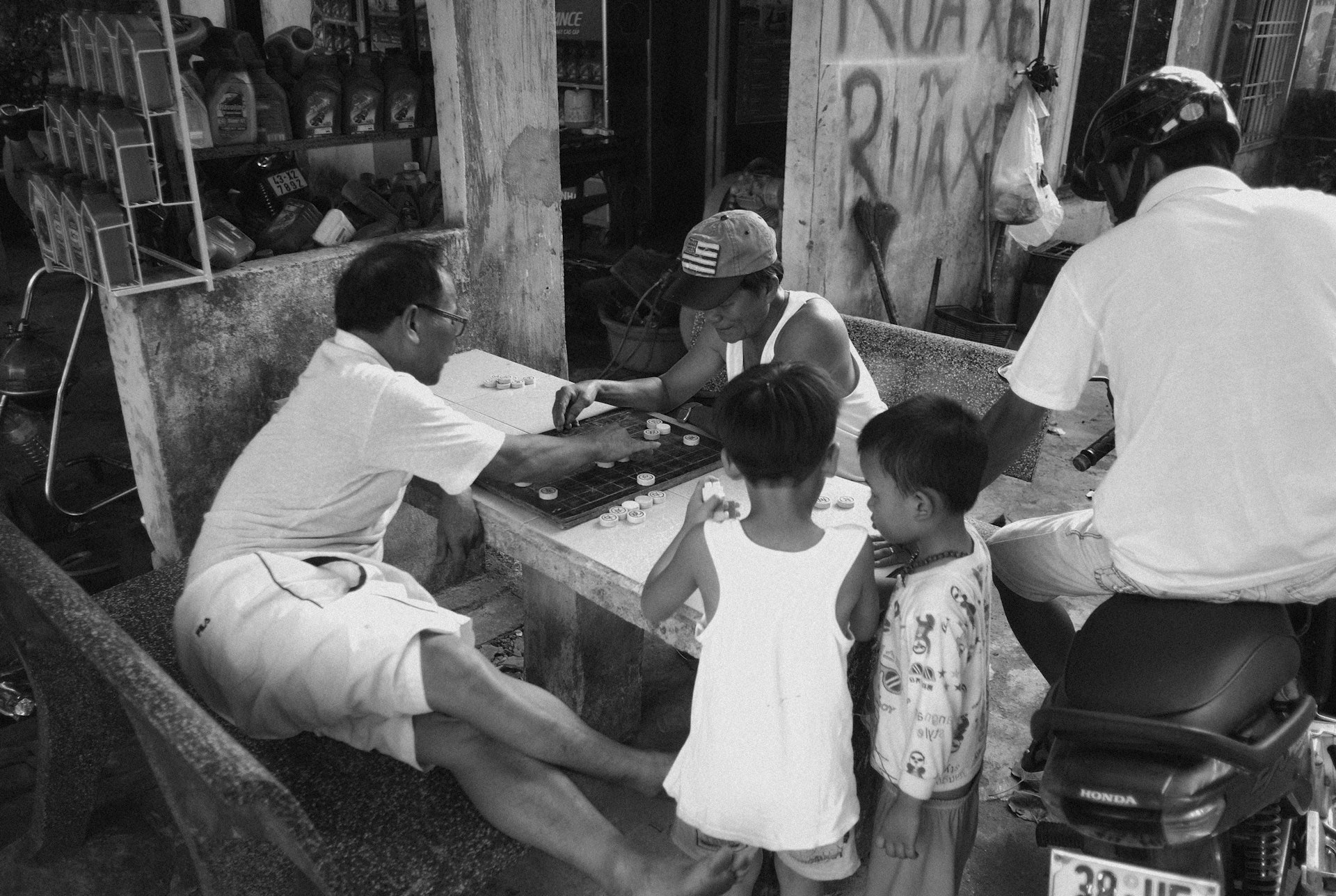Building Healthier Communities: Advancing Equity Through Local Initiatives


Photo by Patrick McGregor on Unsplash
Understanding Community Health Initiatives and Equity
Health equity means that every individual has a fair and just opportunity to be as healthy as possible. Yet, factors like poverty, limited access to healthcare, discrimination, and lack of social support still create significant disparities in health outcomes across different communities. Community health initiatives focused on equity aim to address these disparities by reshaping environments, policies, and systems to ensure that all residents can thrive.
Advancing health equity is not only a moral imperative but a practical one. Communities with equitable access to health resources experience improved wellbeing, economic growth, and stronger social cohesion. Effective health equity initiatives require collaboration among residents, local organizations, public agencies, and other stakeholders, all working toward a shared vision of fairness and opportunity.
Key Elements of Successful Health Equity Initiatives
Empowering communities to drive change is essential. According to the National Academy of Medicine, a Community-Driven Health Equity Action Plan is a structured approach that enables local groups to identify priorities, set goals, and coordinate resources to address critical health disparities in their area [1] .
Essential components include:
- Community Engagement: Involving residents-especially those most affected by inequities-in every stage of planning and implementation. This ensures the solutions are relevant, culturally appropriate, and sustainable.
- Cross-Sector Collaboration: Working with healthcare providers, schools, businesses, faith groups, and government agencies to pool expertise and resources.
- Data-Driven Decision Making: Using local data to identify disparities, track progress, and evaluate the impact of interventions.
- Policy and Systems Change: Addressing root causes by transforming policies and institutional practices, not just individual behaviors.
Real-World Examples: Community Initiatives Making a Difference
Across the United States, diverse communities have launched successful initiatives that address health inequities through innovative and collaborative approaches. For example:
Thunder Valley Community Development Corporation (South Dakota): On the Pine Ridge Indian Reservation, Thunder Valley CDC engaged youth, elders, and families to develop a holistic plan addressing unemployment, poverty, and health disparities. Their grassroots model combined cultural revitalization, education, housing, and wellness programs, demonstrating the power of community-led solutions [4] .
State Health Equity Plan (California): California’s Department of Public Health created a comprehensive State Health Equity Plan (SHEP) in partnership with local health jurisdictions and community organizations. The plan aligns activities and best practices across the state to systematically reduce health disparities [2] .
Communities Taking Action (Nationwide): The Prevention Institute highlights dozens of local projects-like mobile health screenings, culturally tailored health education, and policy advocacy-that have improved access to care and addressed social determinants of health [3] .
Actionable Steps to Engage with Community Health Equity Initiatives
If you want to participate in-or launch-a community health equity initiative, consider the following steps:
- Identify Priority Issues: Begin by gathering community input to understand the most pressing health challenges. This can involve listening sessions, surveys, or focus groups with local residents.
- Form a Diverse Coalition: Assemble a team of stakeholders, including residents, local organizations, public officials, health professionals, and faith leaders. Diversity ensures a wide range of perspectives and resources.
- Develop a Shared Vision and Goals: Facilitate workshops or meetings to establish a common agenda focused on health equity. Define clear, measurable objectives and outline strategies to achieve them.
- Secure Resources: Identify local, state, or federal funding opportunities, as well as in-kind support from businesses and nonprofits. Consider applying for grants through public health departments or philanthropic organizations.
- Design and Implement Interventions: Interventions can range from hosting free health clinics and mobile screenings to advocating for policy changes that address root causes, such as affordable housing or healthy food access.
- Monitor and Evaluate Progress: Track outcomes with data collection tools. Adjust strategies based on what’s working and share results with the community to foster transparency and ongoing engagement.
If you are unsure how to start, you can contact your local health department and ask about community health equity programs, upcoming meetings, or volunteer opportunities. You may also search for “community health equity coalition” plus your city or county for local groups.
Alternative Pathways and Overcoming Challenges
Implementing community health equity initiatives often faces challenges such as limited funding, resistance to change, and difficulty engaging marginalized populations. To overcome these barriers:
- Leverage Trusted Messengers: Partner with community leaders and organizations who already have strong relationships with local residents.
- Adapt to Local Culture: Design programs that respect traditions, languages, and values of the community.
- Seek Technical Assistance: Many public health agencies and nonprofits offer training and consultation to help communities design effective interventions. For guidance, you can visit the National Academy of Medicine’s Culture of Health Program website or contact your state health department for technical support.
For those facing language or transportation barriers, consider collaborating with organizations that provide interpretation services and mobile outreach.

Photo by Sweet Life on Unsplash
Measuring Success and Ensuring Sustainability
Progress toward health equity is measured by reductions in gaps between different groups’ health outcomes. Metrics may include improved access to care, lower rates of chronic disease, increased use of preventive services, and greater community satisfaction [5] . Sustainability is achieved by embedding equity considerations in local policies, securing long-term funding, and building community leadership.
Instituting regular assessments, celebrating milestones, and sharing stories of impact are vital to keeping momentum and attracting new partners. Documenting both challenges and successes helps other communities replicate effective models.
Accessing Resources and Getting Involved
Many resources are available to support your efforts. To find local opportunities:
- Contact your city or county health department and inquire about existing health equity task forces and how you can participate.
- Search for “community health coalition” or “health equity initiative” along with your geographic area in an online search engine.
- Engage with national organizations such as the National Academy of Medicine, Prevention Institute, or your state public health department, which offer toolkits, case studies, and funding information.
If you are part of a business, faith group, or nonprofit, consider partnering with local health coalitions to amplify impact. Many initiatives seek volunteers and collaborators from all sectors.
Key Takeaways
Community health initiatives rooted in equity are transforming lives by addressing the underlying causes of health disparities. Success depends on authentic community engagement, cross-sector partnerships, data-driven strategies, and a long-term commitment to fairness and inclusion. Whether you are an individual resident, community leader, or organization, there are many actionable pathways to get involved and make a difference.
References
- [1] National Academy of Medicine (2021). Community-Driven Health Equity Action Plans: Model and Examples.
- [2] California Department of Public Health (2023). State Health Equity Plan Overview.
- [3] Prevention Institute (2022). Communities Taking Action: Profiles of Health Equity Initiatives.
- [4] Baciu, et al. (2017). The Role of Communities in Promoting Health Equity. National Academies Press.
- [5] Hinge Health (2024). What is Health Equity? Definition & Policy Examples.






